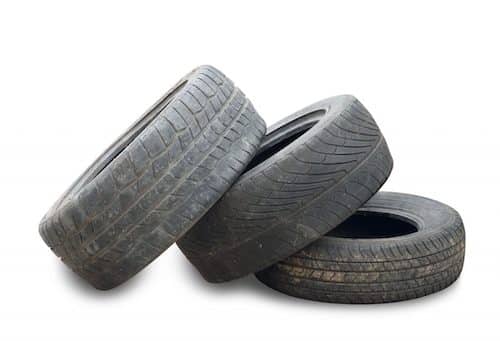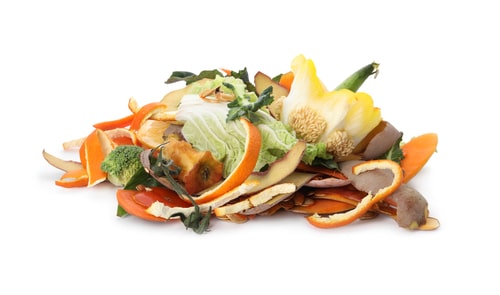“Insert soultry valentine’s day music here”
We all know that Valentine’s Day is an event filled with cards, sweets, flowers, and gifts. But, have you ever thought about how to say “I love you” without generating unrecyclable waste?
This year, US Valentine’s Day gift-givers are estimated to spend a record-breaking $20.7 billion, according to the National Retail Federation (NRF). The average consumer plans to spend an average of $196.31 on their special someone, which is up 21% from last year! With this money, people are purchasing literally tons of single use waste!
Did you know that we send nearly a billion Valentine’s cards yearly? Valentine’s Day is the second largest card sending holiday of the year. The creation and transportation of greeting cards is estimated to produce 600 times more carbon dioxide than sending an email! Plus, the cards that are covered in glitter and other decorations are non-recyclable. Things like shiny or glossy materials, music players, glitter, metallic ink, or metal charms must be removed before the card can go in the recycling bin. Glitter and music players contribute to plastic pollution globally. Some greeting cards even come with unrecyclable foil-lined envelopes!
Instead of all the sparkle, try an alternative to a traditional Hallmark card. Consider making a handwritten note this year. Or send your special message with an e-card! Another alternative is to make a card out of old magazines and calendars for a more artistic flair. At the District, we love the idea of using seed paper. After the card is read and enjoyed it can be buried and re-gifted a bouquet in the spring!
Click here for more on seed paper!
Another source of waste this time of year is generated by the more than 36 million heart-shaped boxes of chocolate sold each year. These are often not recyclable due to foil and glitter used in the chocolate’s packaging. Plus, most of our favorite candies are wrapped in these not-so-eco-friendly materials and make their way into the landfill, even when dutifully placed in the recycling bin. Candy wrappers are usually made up of mixed materials, making the recovery of useful materials difficult and expensive. According to National Geographic, there are currently 5.25 trillion pieces of plastic debris in the world’s oceans with 269,000 tons floating on the surface. It’s easy for these little wrappers to slip out of hand and end up as litter. An estimated 70,000,000 Hershey’s Kisses are wrapped each day, using enough aluminum foil to cover 50 acres of space. That’s almost 40 football fields! A day! These materials are typically not reclaimed. The colorful little wrappers are simply too difficult to recycle.
Click here for some yummy, earth-conscious, alternatives!
In addition to cards and chocolates, flowers are a popular Valentines gift as well! About 15% of women will send themselves flowers for the holiday! It is estimated that some 224 million roses are grown and cultivated for Valentine’s Day each year. Roses alone make up over $2 billion of the overall Valentine’s Day spending. These fresh cut beauties produce around 9,000 metric tons of carbon dioxide emissions between field and florist. Most of these roses will be flown in refrigerated containers from South America or Africa and then transported on refrigerated trucks in over-packaged unrecyclable materials.
The most eco-responsible way to enjoy flowers is always shopping for locally grown, organic, and in-season options. Or, try giving a potted plant instead!
Click here for more environmentally friendly flower alternatives!
We at the District aim to share our special feelings with our loved ones while simultaneously having a positive impact on the earth. We hope that you will too, now that you know how!
Visit our website at www.timetorecycle.org/what-do-i-do-with/ for more information on what you can recycle in our bins!


